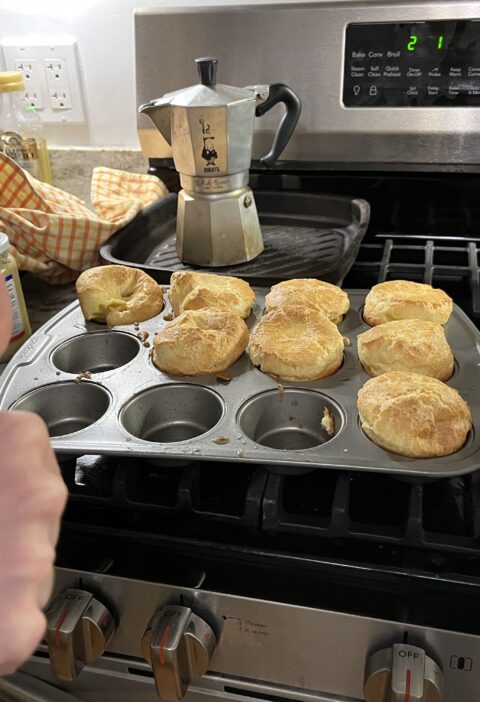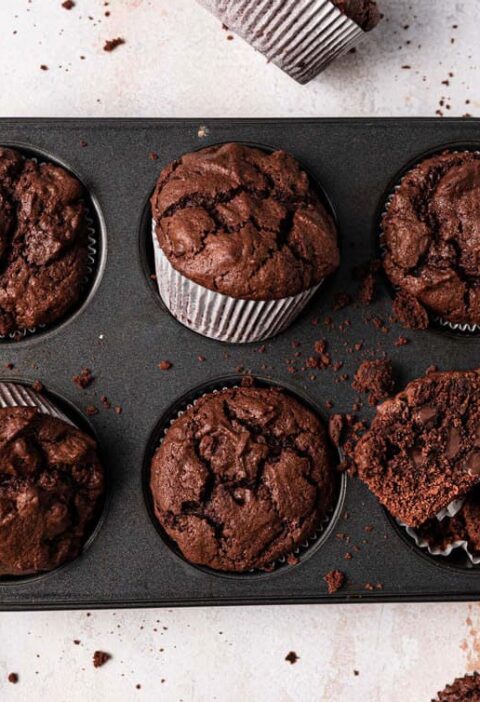Macarons utilize many important scientific principles. Following instructions is important, as the process requires specific reactions and creates a distinct texture. When preparing and using egg whites, extreme precaution and attention should be exercised, as this is a delicate ingredient. In this recipe, egg whites are beaten together with salt until a specific texture is achieved. When whisked, the egg whites produce an egg white foam by trapping air bubbles within the mixture3. The tricky part is gauging the level of added air at which to stop whisking. Step two of the recipe tells you to whisk egg whites and salt only until soft peaks form2. This is where the sugar is whisked, dissolving into the mixture and aiding in the trapping of air. The mixture will thicken and the desired stiff peaks will form. This foam, also called a meringue, acts as a leavening agent. However, if it is over mixed, the delicate protein structure will break. Water will seep out of the matrix, and not only will the macarons fail to rise, it is likely that they will have cracks in them when they leave the oven as well4.
This recipe calls for almond flour, as opposed to all-purpose flour, a common ingredient in baked goods. Almond flour is gluten-free. With no gluten-forming proteins, the flour absorbs less water. There is also a large amount of sugar present in the recipe, another common way to reduce gluten formation. Usually, granulated sugar is used to absorb liquid, but there aren’t any present here except for the liquid from the egg whites. So in this recipe, powdered sugar is added into the almond flour. The purpose of using powdered sugar as opposed to regular granulated sugar is the ability to absorb more easily. The egg white foam already contains 1/4 cup of granulated sugar to create a stable foam, so the ‘dry’ ingredients need to have simple properties. Powdered sugar, structurally, is the same as granulated sugar except it has been ground into a finer powder. This allows it to more easily absorb liquids- or in this case, egg white foams.
After piping out the batter onto the baking sheet, the macarons should sit for around two hours, or until dry. This is to release any air pockets. During the creation of the egg-white foam, the egg proteins trapped small air bubbles as the dispersed phase in the continuous egg white-sugar- liquid phase. Through general mixing, more air will have been introduced. If the batter does not sit and settle for enough time, the extra air will remain, creating large and unnecessary pockets. While not seen as a generally necessary step, settling the batter before baking could change the fragile structure of the final product, making it a must for any baker looking to achieve macaron perfection.






